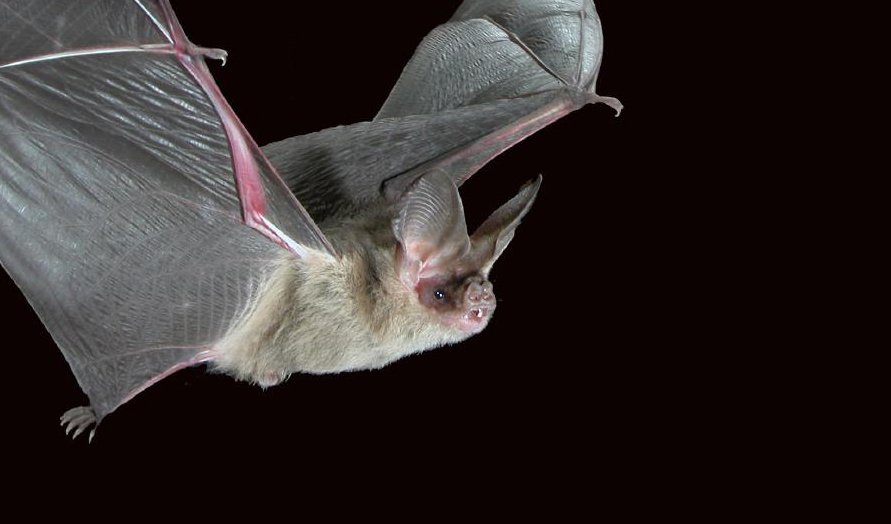Citizen science project calls on public to track South Australia’s microbats

MICROBATS ARE notoriously difficult to record. “Bats are clever little creatures, and so capturing them can be a challenge and a case of trying to outwit them,” Kyle Armstrong, a zoologist with a special interest in Australia’s bats, tells Australian Geographic. “We often have to think of new and innovative ways to surprise them.”
There are approximately 83 species of microbat across Australia— some may even be living in your backyard— yet we know very little about them, which is why a new citizen science project is calling on those living in South Australia’s Murray-Darling Basin to keep their ears peeled.
The new project asks the public to try their hand at a new technology, the AnaBat Swift detector that records and analyses the echolocation calls of these elusive creatures.
“Bats call anywhere from 12 kHz up to 167 kHz and produce a variety of different shaped signals. So bat detectors make it easier to study bats—we just strap a bat detector to a tree before sunset and go to bed,” Kyle says.
Recorded calls are saved to a flash memory card in the unit and an automated analysis is run to match the call to the species of microbat it belongs to.
“We would like people to move them to a new spot each night because we get better data for our statistical analysis, plus it increases the chance of getting a different species and covers a greater area.”
Kyle says that users will also receive additional advice on how their properties might be improved to assist these bats.
“People can encourage bats to be around their property by fencing water sources and stands of trees to prevent stock from spoiling the growth of native understorey vegetation that provide native insect food, keeping large old trees, especially those with hollows that provide roost sites, planting trees and windrows, and even providing bat boxes for roosting if there are not many old trees with hollows.”
A misunderstood creature
Kyle says that in addition to participating in the new citizen science project, just getting to know these misunderstood creatures will contribute to their survival.
“There is a lot of negativity surrounding bats, and people tend to fear things they do not know much about. But bats are interesting and fragile creatures, with important ecological roles and very special abilities to fly and echolocate in darkness,” he says.
“We can tell a unique story about how each species of bat lives and survives in the sometimes harsh Australian bush, and each species has its own story of how it evolved from ancestors 65 million years ago. They are fragile creatures, but tough enough to survive and thrive in nature, and they can do some pretty awesome acrobatics on the wing in dark and at high speed!”
Those who wish to particpate in the project can contact Sylvia Clarke at
[email protected] to find out how to borrow an AnaBat Swift detector.
READ MORE:

